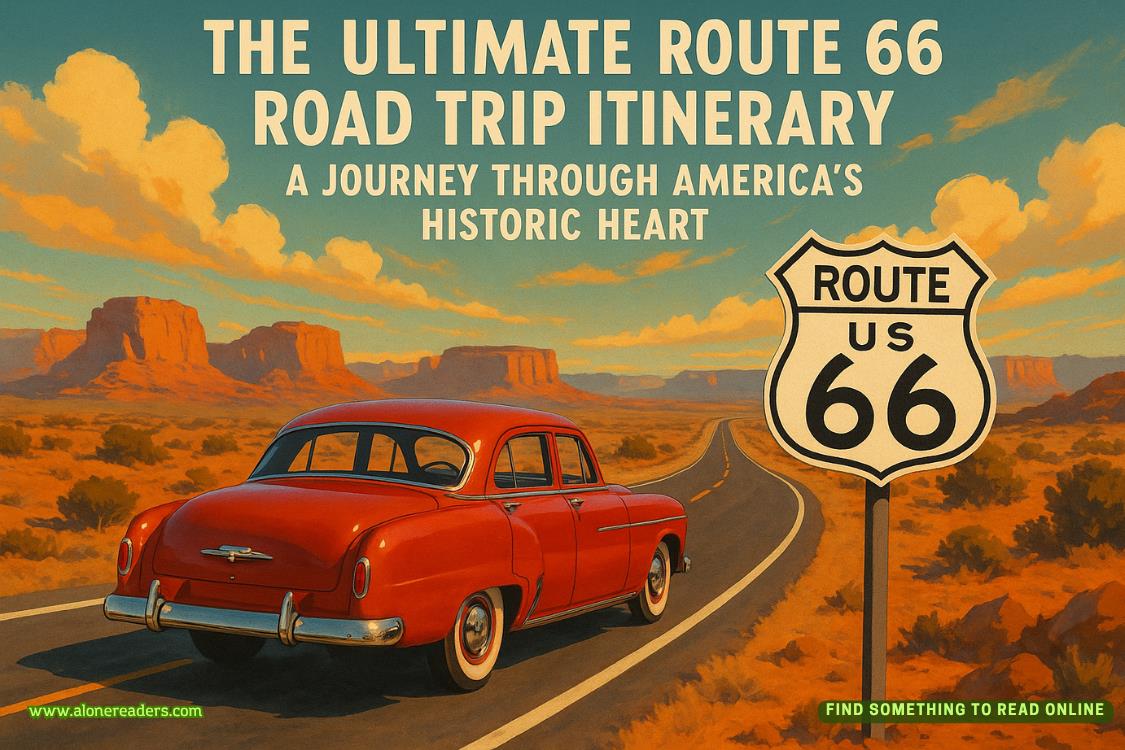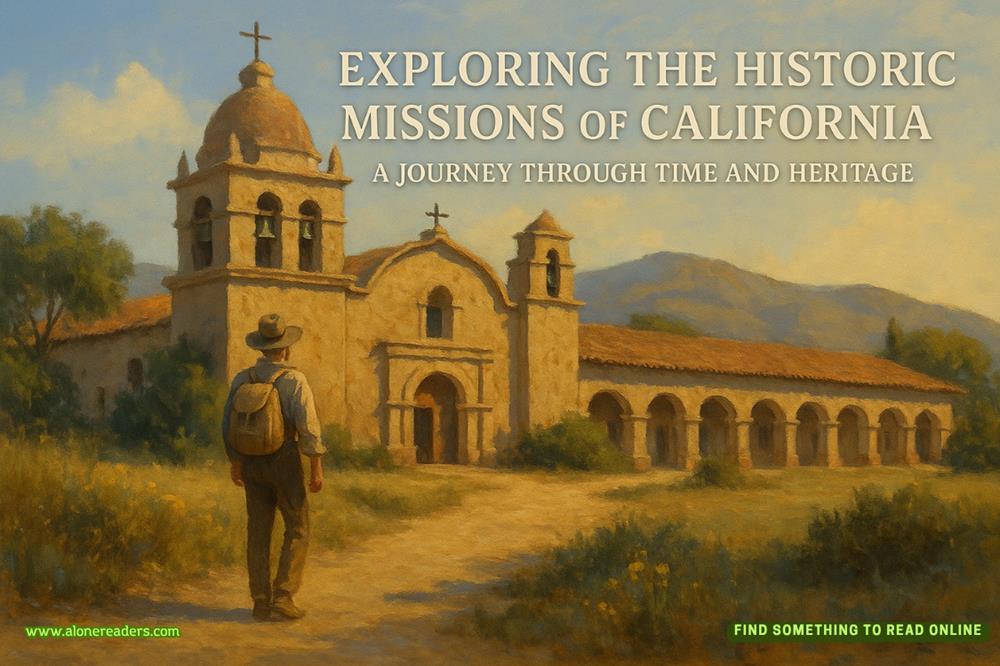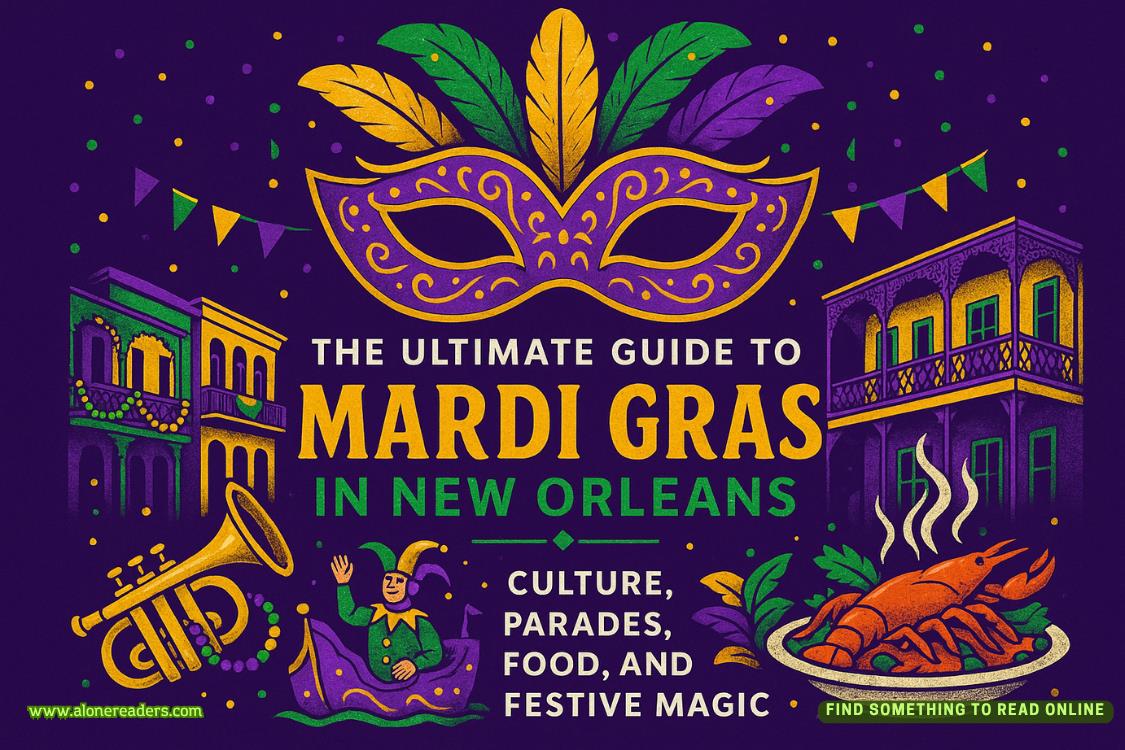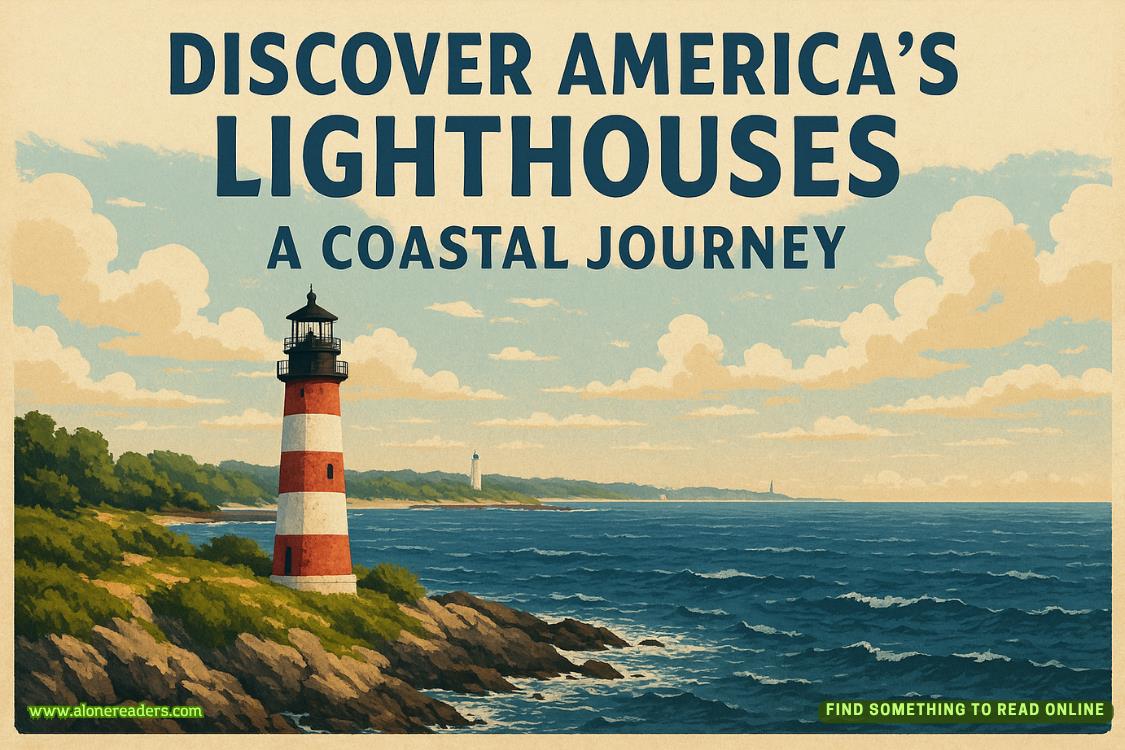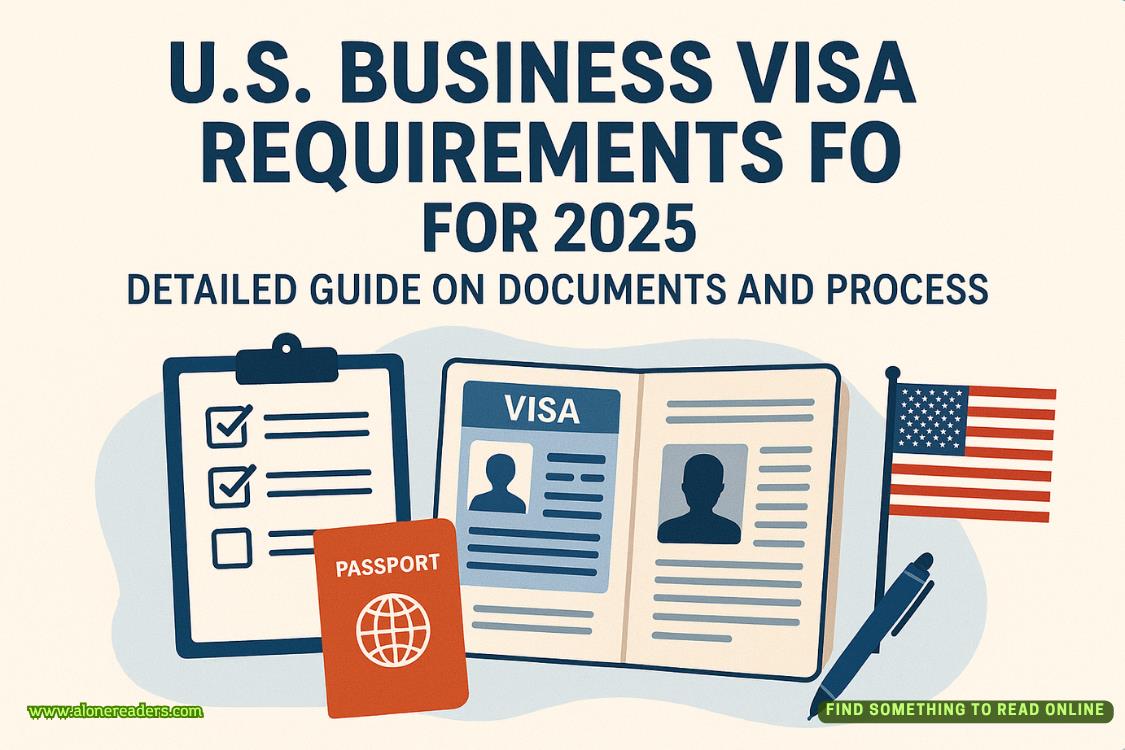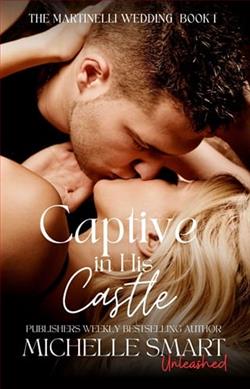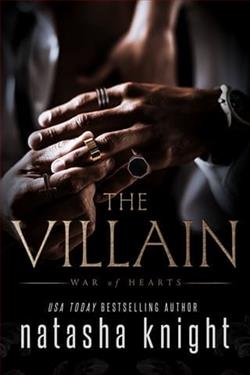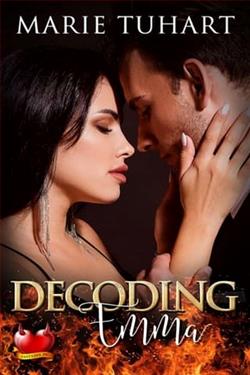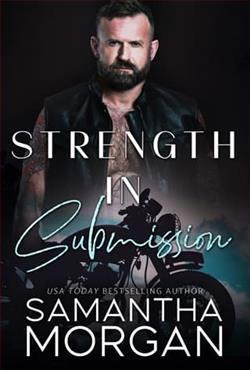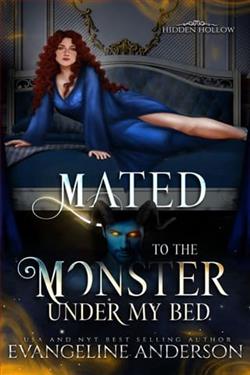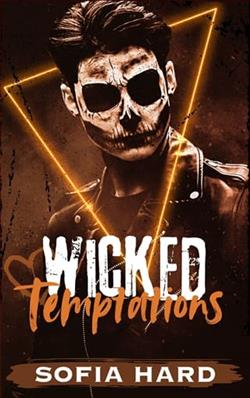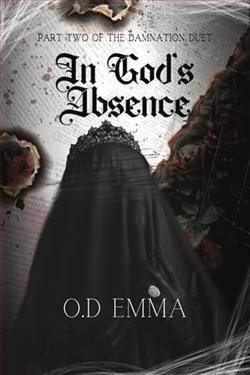Page 201 of A Winding Wave of Magic
Through the dark, I heard a few distinct murmurings by both men, and seconds later, a long passage was lit by pleasant starlight.
“Fancy,” I said.
Jonathan rolled his eyes, which glimmered from the effort of sustaining the light. “I do try to impress you. Rachel, can we make this quick?”
“Always so impatient,” she told me before heading down the passage to the end, where a flat boulder had been half-excavated from the rocky base. To its right was another blocked passage that hadn’t yet been dug out.
“Is it safe in here?” I wondered. “It won’t collapse on us?” The walls looked tenuous at best.
“It is with those two here to talk to the earth for us,” Rachel said. “But look. Just there.”
A limestone surface at least a foot taller than me formed the basis of what appeared to be some kind of altar, although thetable in front of it looked more like a bowl than a sacrificial surface. All of the surfaces, ragged and dirty with age, were covered with the swirling carvings characteristic of neolithic sites, many symbols that would become the basis for Celtic cultural identity millennia later. Triple spirals covered almost everything, split here and there with jagged bolts or tooth-shaped inscriptions.
Rachel, however, was pointing to something just under a large triple spiral in the far corner—something I would have missed if I hadn’t come within six inches.
My mouth dropped. It couldn’t be. “Is that…is thatGreek?”
It didn’t look strictly like Greek. And yet, it did. In fact, it oddly resembled a few of the symbols on the parchment currently in the box under Rachel’s arm.
“Almost,” she agreed. “Linear B, as it happens.”
I stared, like the nearly illegible carving, less than the width of my fingers, might jump out at me. “No.”
“Can’t be.” Jonathan elbowed his way in front of us to look at it more carefully. “Rob, take care of the lights will you?” His eyes blazed a slightly different shade of bright green as he muttered a different spell.
“None of that, please.” Rachel grabbed his shoulder and pulled him away. “This is an active site, darling. I can’t have your spells interfering with even one speck of dust in here.”
“I only wanted to ask the age?—”
“Which is exactly what the university lab did this morning,” she replied. “And they confirmed that the other artifacts we’ve uncovered keep this tomb well within the range of the other passage tombs in the valley—most were constructed between 2900 and 3100 BC.”
“Could it…could it have been written later?” Robbie asked. “By someone who knew it, maybe?”
There were myths about the connection between ancient Greece and Ireland. Mythological histories said the Fir Bolg, one of the ancestral groups of the Irish, left Ireland and were held captive in Greece for two hundred years before they were able to return.
It was just mythology. But if the last six months had taught me anything, it was to look beneath the stories of plain folk to find the truth of our people.
“We’ve recovered tools from the Bronze and early Iron Ages, and the tomb was sealed after that,” Rachel said. “And we know there was some trade with the Etruscans beginning around the fifth century BC, well before the Romans ever visited. But nothing before that. And that would have been several hundred years after Linear B fell out of use, as we discussed.”
“The timelines don’t match.” I hovered a hand over the stone, wondering what it might tell me. Was it my imagination, or did the carvings glow as my fingers came closer? It was almost magnetic, the way they drew me.
“Cassandra, please don’t touch.” Rachel pulled me back, albeit more gently than she had with Jonathan. “It’s stone, yes, but everything in here is incredibly fragile.” Then she pointed out one particular section of the inscription. “It’s Linear B, but it’s not. Some have suggested Linear A, but it wasn’t until I saw your parchment that I realized what it was. That line there. And that little squiggle. Together, they look like the Linear B word for ‘water’—u-do. But there are things after it that look something more like Ogham, which of course developed several hundred years after anything in this tomb was left behind.”
All four of us stared at the tiny inscription with a new sense of gravity. There was a connection here—but what, we couldn’t hope to learn without understanding the language itself.
We followed Rachel out of the tomb, and the moment the weak sunlight found our faces, Jonathan swung toward her.
“Please tell me you’ll work on deciphering that message,” he said. “It’s of the utmost importance.”
Instead of answering, Rachel turned directly to me. “How many ancient groups invaded Ireland, Cassandra, according to theLebor Gabála Érenn?”
The Book of Invasions.One of the most seminal Irish texts.
“Six,” I replied and proceeded to count them on my fingers like I was teaching my own class on early Irish literature.“The people of Cessair after the flood, followed by the people of Partholón, then the people of Nemed, the Fir Bolg, the Tuatha Dé Danann, and finally, the Milesians. It’s been suggested that at least some of these ‘invasions’ may correspond with the different waves of settlers who reached prehistoric Ireland. Waves of Celts and pre-Celtic groups that came. In the story, the first three groups fail and die. It’s not until the Tuatha Dé Danann arrive and expel the Fir Bolg that long-term settlement really begins.”
Rachel nodded. “Good. But do you remember who else they had to fight in order to take over Ireland?”
“The Fomorians.”
